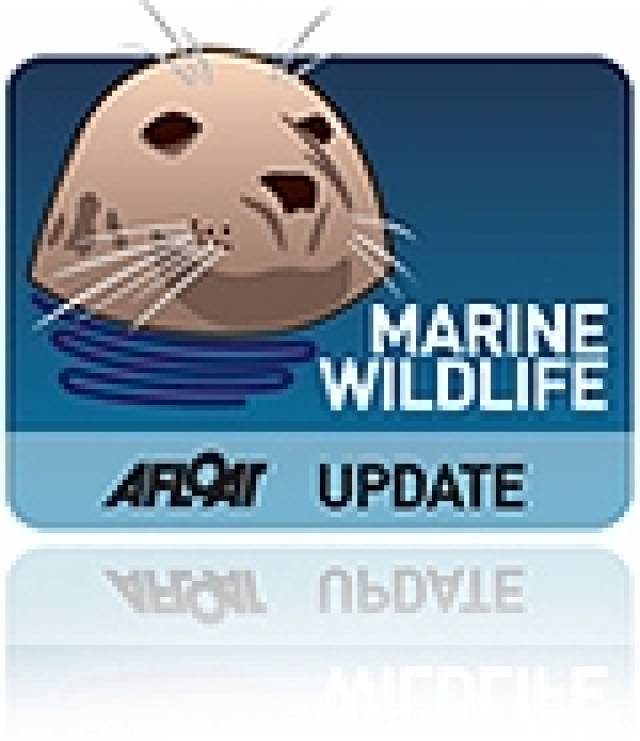#MarineWildlife - Inland Fisheries Ireland (IFI) funded the Coastal and Marine Research Centre (CMRC) and University College Cork, in conjunction with partners in UCC's School of Biology, Ecology and Environmental Science (BEES) and the Marine Institute to undertake a two-year pilot study to investigate seal predation on salmon stocks in the Moy and Slaney estuaries.
In the study, which began in August 2011 and continued to August 2013, salmonids were found in the diet of both grey and harbour seals using identification of salmonid bones recovered from the scat (faeces) of seals collected at seal haulout sites in the Moy and Slaney.
Salmonids were recovered in relatively low numbers, representing only 1.6% of the total prey numbers in the Slaney in Co Wexford and less than 5% in the Moy in Co Sligo. But due to the large size of individual salmonids, they comprised approximately 15% of the total prey biomass consumed.
The presence of salmonids in the diet of seals is likely to represent consumption of both salmon (Salmo salar) and sea trout (Salmo trutta), with contribution to the diet related to seasonal abundance.
Genetic techniques were employed to confirm salmonid species identification based on hard structures, with both salmon and sea trout DNA being detected in scats.
The removal of salmonids by seals, or other predators, must be placed into context of the amount removed by fisheries. In the Moy, 6,564 salmon were caught (non-release) by rod fisheries (five-year average, P Gargan IFI pers comm) which is likely to be far higher than that removed by seals in the area.
However, smaller salmon population units are most vulnerable to predation, and even low levels of predation by 'specialist' seals (or other predators) could have disproportionately large effects on small salmon population units such as in the Slaney.
The full report is available to download as a 4.3MB PDF file HERE.
































































